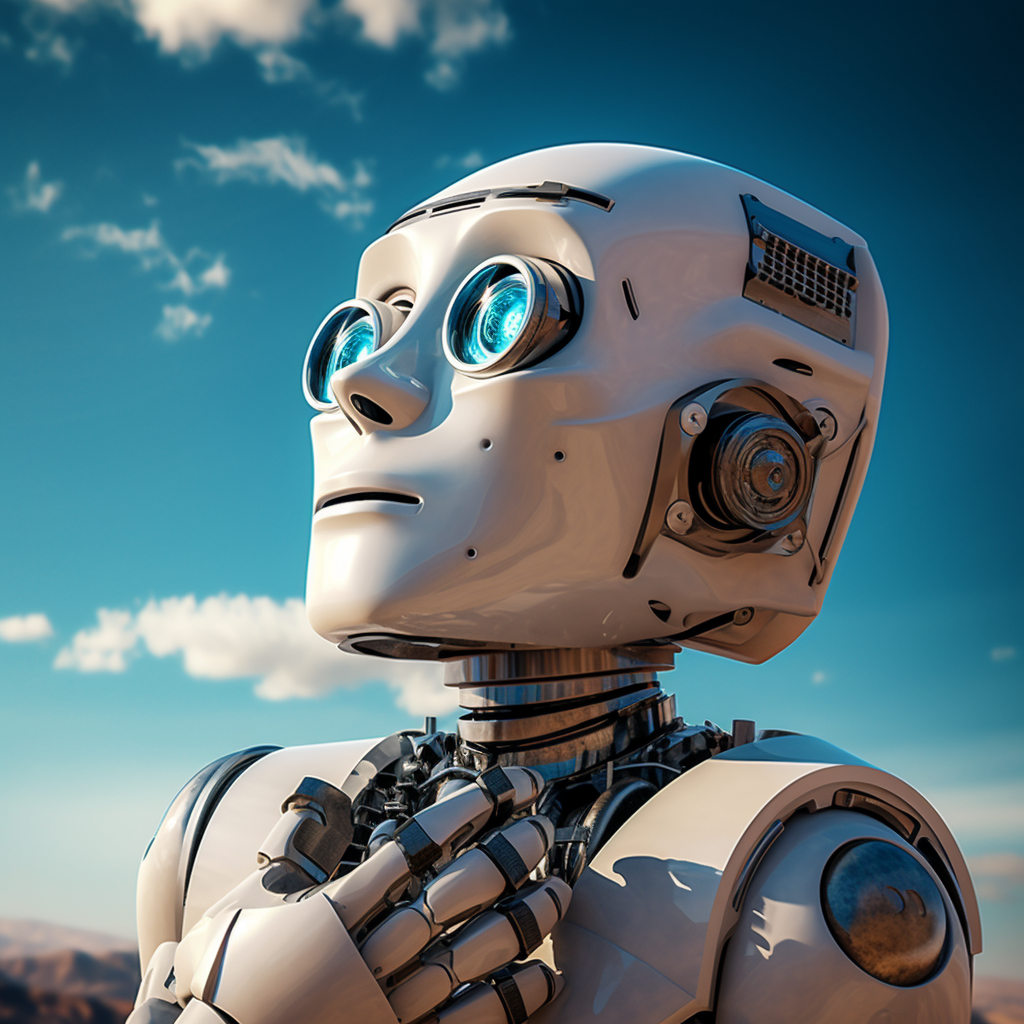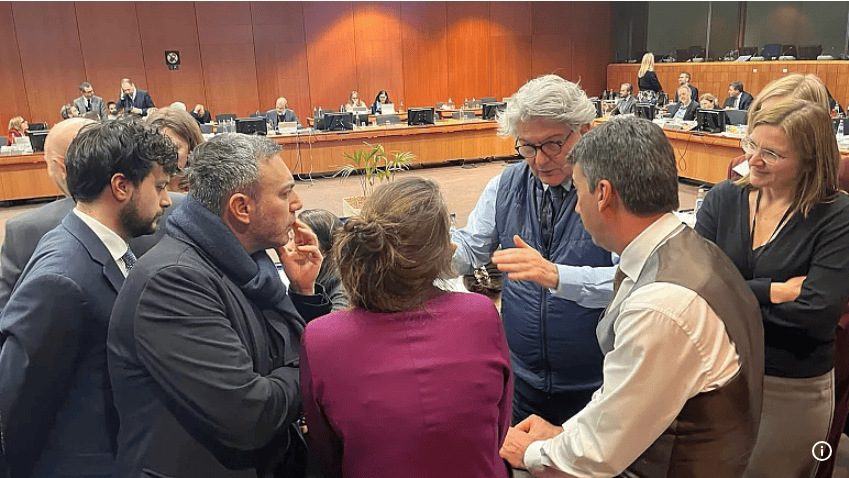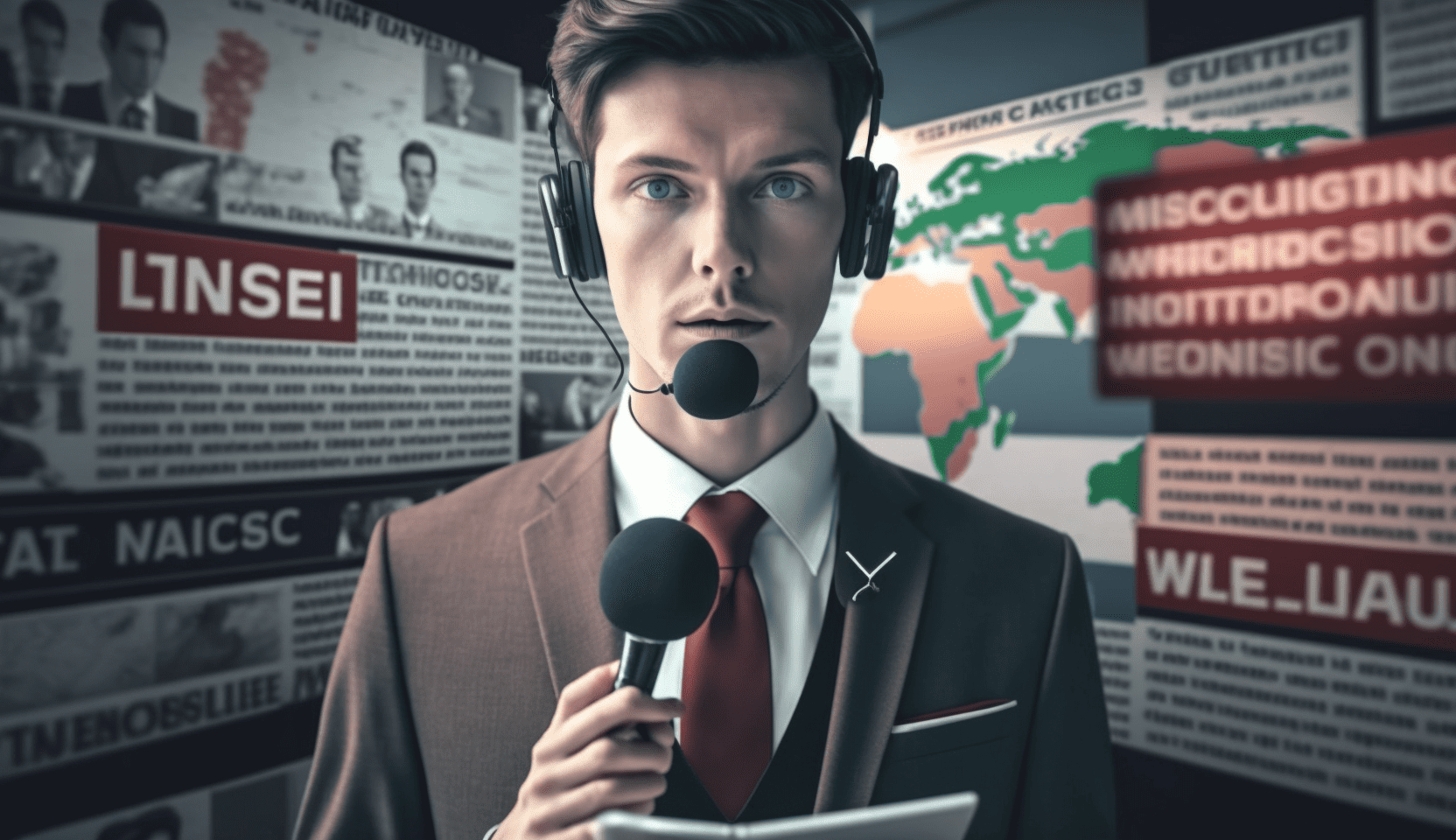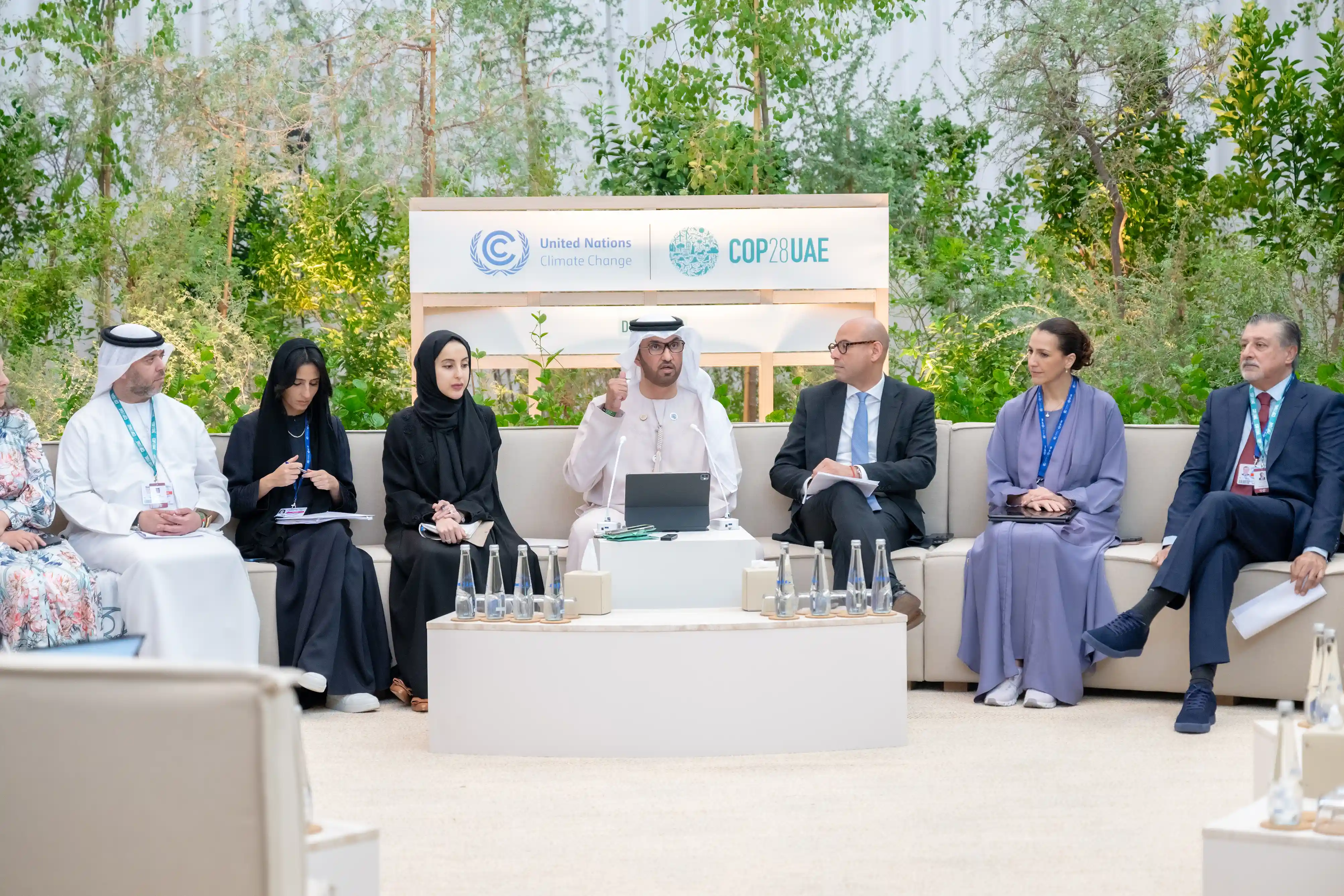
OpenAI, the leading AI research organisation, experienced a sudden leadership shakeup, resulting in the departure of CEO Sam Altman. The board, led by Chief Scientist Ilya Sutskever, cited a lack of candour in Altman’s communication as the reason for his ousting. In the wake of Altman’s dismissal, OpenAI President Greg Brockman and three senior researchers also resigned. Microsoft CEO Satya Nadella reportedly expressed anger over the abrupt changes. The developments have sparked speculation over the future of OpenAI and its AI tech deployment. Concerns regarding the pace of commercialization and company expansion are speculated to have contributed to the decision for Altman’s dismissal. Interim CEO Mira Murati, previously CTO, is now leading the company through this transitional period.
- OpenAI undergoes leadership upheaval; Altman ousted, Brockman and researchers resign, signaling internal strife.
- Debate over OpenAI’s pace, safety, and profit motives sparks turmoil, prompting a shift in leadership.
- Interim CEO Mira Murati leads OpenAI through uncertainty; industry awaits impact on OpenAI’s future.
The unraveling of a visionary’s tenure
The sudden exit of Sam Altman from OpenAI has sent ripples through the tech community. Renowned for his role in the unveiling of ChatGPT and securing considerable investment, Altman’s departure was unexpected. The board’s loss of confidence in Altman stems from what they describe as a lack of transparency. This has led to rampant speculation about the real reasons behind the move and the future direction of OpenAI.
Kara Swisher, a respected tech journalist, hinted at a potential “misalignment” within the company between profit and non-profit goals, which may have contributed to the upheaval. The tech world is now watching closely, questioning the transparency of the board’s actions and the implications for OpenAI’s mission to ensure AI benefits all of humanity.
A chain reaction of resignations
Following Altman’s exit, Greg Brockman, OpenAI’s co-founder and president, also stepped down. His resignation came with a poignant note expressing pride in the company’s achievements but also a clear sense of disappointment over recent events. Brockman’s departure suggests deeper unrest within the organisation, possibly linked to the strategic direction and speed of AI deployment that the board, and particularly Chief Scientist Ilya Sutskever, deemed necessary to reassess.
The resignations did not stop at the executive level. Three senior researchers, pivotal in OpenAI’s advancements, also left. Their departure indicates a potential fracture in the company’s technical vision, casting uncertainty on the direction of future research and development.
Internal strife and the safety debate
At the heart of the turmoil appears to be a fundamental disagreement over the pace at which OpenAI’s technologies should be advanced and commercialised. Sutskever, having led the board coup, emphasised the nonprofit mission’s primacy, advocating for a more cautious approach to AI safety. This stance may have clashed with Altman’s more aggressive strategy for growth and deployment, leading to the board’s decisive intervention.
Details of internal breakthroughs at OpenAI have been sparse, but there are suggestions that recent developments intensified the conflict between the slow and fast factions within the company. The tension between rapid innovation and responsible governance of AI technology is a microcosm of a broader industry debate.
Reflections on leadership and legacy
Altman’s legacy is marked by significant milestones, including the rapid growth of ChatGPT’s user base and attracting billions in funding. However, his own reflections on his leadership and personality traits, as highlighted in a New York profile, now cast a shadow over his tenure. The extent of trust placed in Altman’s vision is under scrutiny, as are his methods of integrating and addressing the wider concerns of the AI community.
Despite the upheaval, OpenAI’s interim CEO Mira Murati brings a wealth of experience and expertise to her new role. Having already overseen the company’s research, product, and safety functions, Murati is expected to ensure a seamless transition. The search for a permanent CEO is underway, but the emphasis remains on maintaining OpenAI’s core mission.
What lies ahead for OpenAI
The shakeup at OpenAI comes at a critical juncture for the AI industry. With the organisation at the forefront of AI research and development, the leadership transition could have far-reaching consequences for the sector. Stakeholders, including Microsoft’s Satya Nadella, have reaffirmed their support for OpenAI, signaling confidence in the company despite the sudden changes.








